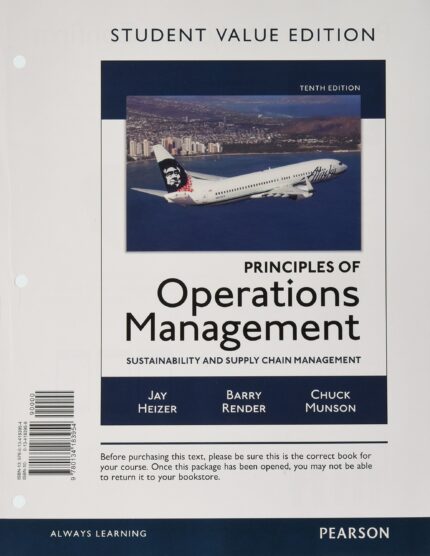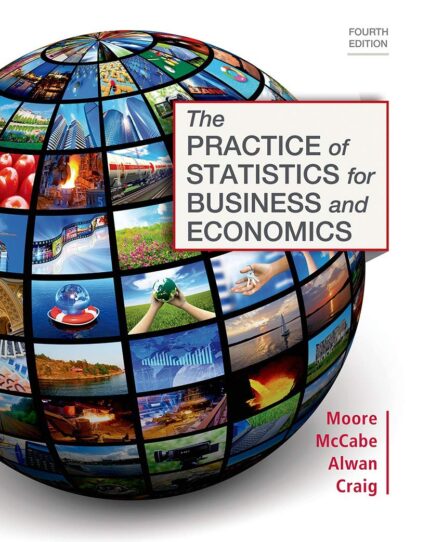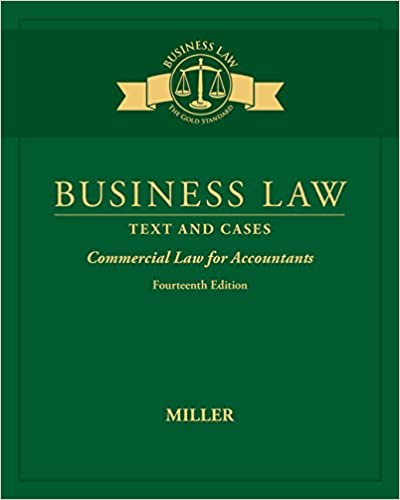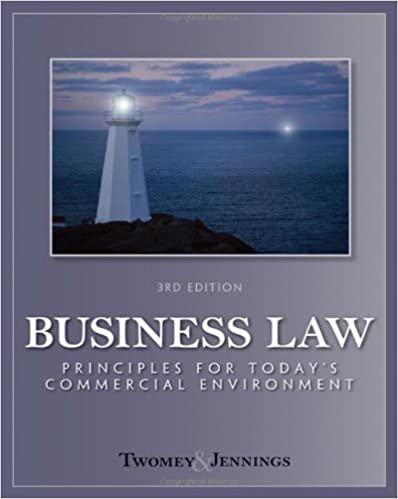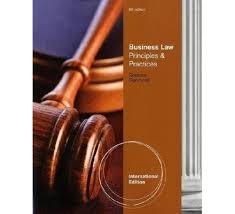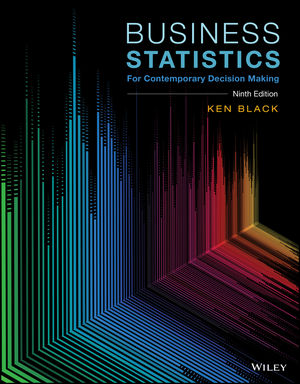Solution Manual for Statistics for Business and Economics 14th Edition by Anderson
Chapter 1
Data and Statistics
Learning Objectives
- Obtain an appreciation for the breadth of statistical applications in business and economics.
- Understand the meaning of the terms elements, variables, and observations as they are used in statistics.
- Obtain an understanding of the difference between categorical, quantitative, cross-sectional, and time-series data.
- Learn about the sources of data for statistical analysis both internal and external to the firm.
- Be aware of how errors can arise in data.
- Know the meaning of descriptive statistics and statistical inference.
- Be able to distinguish between a population and a sample.
- Understand the role a sample plays in making statistical inferences about the population.
- Know the meaning of the term data mining.
- Be aware of ethical guidelines for statistical practice.
Solutions:
- Statistics can be referred to as numerical facts. In a broader sense, statistics is the field of study dealing with the collection, analysis, presentation and interpretation of data.
2. a. The 10 elements are the 10 tablet computers
b. Five variables: Cost ($), Operating System, Display Size (inches), Battery Life (hours), and CPU Manufacturer
c Categorical variables: Operating System and CPU Manufacturer
Quantitative variables: Cost ($), Display Size (inches), and Battery Life (hours)
d.
| Variable | Measurement Scale |
| Cost ($) | Ratio |
| Operating system | Nominal |
| Display size (inches) | Ratio |
| Battery life (hours) | Ratio |
| CPU manufacturer | Nominal |
3. a. Average cost = 5829/10 = $582.90
- Average cost with a Windows operating system= 3616/5 = $723.20
= cost with an Android operating system = 1,714/4 = $428.5
The average cost with a Windows operating system is much higher. - Ten of 10 or 20% use a CPU manufactured by TI OMAP
- Four of 10 or 40% use an Android operating system


